-
 Bitcoin
Bitcoin $82,889.2590
-0.46% -
 Ethereum
Ethereum $1,793.2293
-1.49% -
 Tether USDt
Tether USDt $0.9997
-0.02% -
 XRP
XRP $2.0568
0.29% -
 BNB
BNB $592.2304
-1.63% -
 USDC
USDC $1.0000
0.01% -
 Solana
Solana $115.7109
-3.42% -
 Dogecoin
Dogecoin $0.1619
-2.01% -
 Cardano
Cardano $0.6496
-0.45% -
 TRON
TRON $0.2390
0.90% -
 UNUS SED LEO
UNUS SED LEO $9.5630
1.80% -
 Toncoin
Toncoin $3.5272
-7.56% -
 Chainlink
Chainlink $12.7869
-3.09% -
 Stellar
Stellar $0.2602
-1.42% -
 Avalanche
Avalanche $18.0792
-2.71% -
 Shiba Inu
Shiba Inu $0.0...01214
-1.56% -
 Sui
Sui $2.2014
-8.72% -
 Hedera
Hedera $0.1623
-2.00% -
 Polkadot
Polkadot $4.0239
-1.09% -
 Litecoin
Litecoin $83.2407
0.28% -
 MANTRA
MANTRA $6.3682
0.89% -
 Bitcoin Cash
Bitcoin Cash $301.4692
-0.02% -
 Bitget Token
Bitget Token $4.4785
-1.45% -
 Dai
Dai $1.0000
0.01% -
 Ethena USDe
Ethena USDe $0.9994
-0.05% -
 Monero
Monero $214.4062
-0.61% -
 Hyperliquid
Hyperliquid $11.7638
-4.95% -
 Pi
Pi $0.5645
-15.24% -
 Uniswap
Uniswap $5.8559
-2.26% -
 Aptos
Aptos $5.0161
-4.08%
How is forced liquidation triggered in a perpetual contract?
Maintaining sufficient margin is crucial in perpetual contract trading as it provides a buffer against adverse price movements and prevents the risk of forced liquidation, which occurs when a trader's account balance falls below either the maintenance margin or the initial margin.
Feb 26, 2025 at 05:00 am
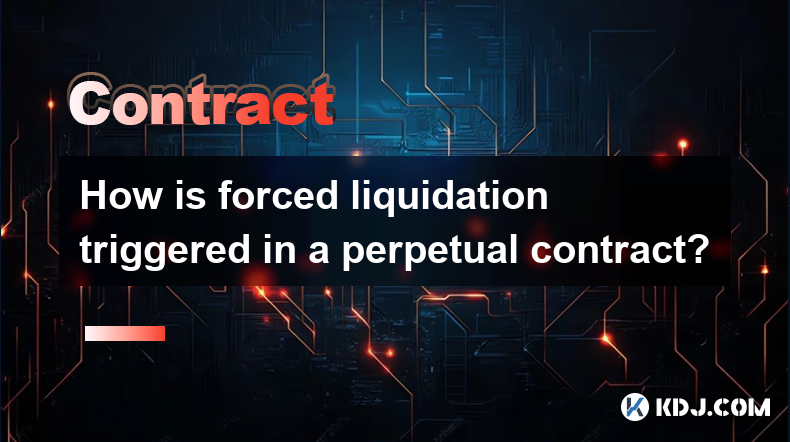
Key Points:
- Understanding the concept of margin and leverage in perpetual contracts
- Identifying the various margin levels and their implications
- Recognizing the triggers for forced liquidation, including maintenance margin and initial margin
- Steps to avoid forced liquidation and maintain a healthy trading position
How is Forced Liquidation Triggered in a Perpetual Contract?
Perpetual contracts, a popular trading instrument in the cryptocurrency market, allow traders to speculate on the price movements of an underlying asset while using leverage to amplify their potential profits. However, traders must be aware of the risks associated with using leverage, as it can also lead to substantial losses if not managed properly. One of the most significant risks in perpetual contract trading is the possibility of forced liquidation, which occurs when a trader's position is closed automatically by the exchange due to insufficient funds to cover losses.
Understanding Margin and Leverage in Perpetual Contracts
Before delving into the triggers for forced liquidation, it is essential to understand the concepts of margin and leverage in perpetual contracts. Margin refers to the amount of funds a trader must deposit as collateral to open and maintain a perpetual contract position. Leverage, on the other hand, is the ratio of the total position size to the margin deposited. For instance, a trader using 10x leverage would be controlling a position worth 10 times their initial margin. While leverage can magnify potential profits, it also magnifies potential losses, and traders must use it cautiously.
Margin Levels and Their Implications
Various margin levels are defined in perpetual contract trading, each with its own implications:
- Initial Margin: This is the minimum amount of margin required to open a position. If the trader's account balance falls below the initial margin, the exchange will issue a margin call, requiring the trader to deposit additional funds or close their position.
- Maintenance Margin: Once a position is opened, the maintenance margin level must be maintained. If the trader's account balance falls below the maintenance margin, the position will be subject to forced liquidation. The maintenance margin is typically lower than the initial margin, providing traders with some buffer to withstand adverse price movements.
Triggers for Forced Liquidation
Forced liquidation is triggered when the trader's account balance falls below either the maintenance margin or the initial margin, depending on the exchange's policy. This can occur when the market moves against the trader's position, resulting in unrealized losses that deplete their margin. The following steps outline the process of forced liquidation:
- Margin Call: If the trader's account balance falls close to the maintenance margin, the exchange will issue a margin call, alerting the trader to their insufficient margin. The trader will be given a short period to deposit additional funds or reduce their position size.
- Forced Liquidation: If the trader fails to respond to the margin call or replenish their margin within the specified time, the exchange will initiate forced liquidation. The trader's position will be closed automatically, and any remaining balance in their account will be returned.
Preventing Forced Liquidation
To avoid forced liquidation and protect their trading capital, traders should implement the following strategies:
- Monitor Market Movements: Staying abreast of market fluctuations and understanding the potential risks associated with the underlying asset is crucial. Traders should have a clear trading plan that defines their risk tolerance and trading goals.
- Manage Leverage Prudently: Using excessive leverage can amplify losses and increase the likelihood of forced liquidation. Traders should carefully consider the amount of leverage they employ and avoid overleveraging their positions.
- Maintain Sufficient Margin: Maintaining a healthy margin balance provides a buffer against adverse price movements. Traders should monitor their margin levels regularly and deposit additional funds as needed.
- Consider Stop-Loss Orders: Stop-loss orders can be used to limit potential losses by automatically closing a position when a predetermined price level is reached. This protects traders from further financial harm during unfavorable market conditions.
FAQs
What is the difference between initial margin and maintenance margin?
- The initial margin is the minimum amount of margin required to open a position, while the maintenance margin is the level that must be maintained to prevent forced liquidation.
Can forced liquidation occur even with a positive account balance?
- Yes, forced liquidation can occur if the trader's unrealized losses exceed their available margin, even if their account balance is positive.
What are the consequences of being liquidated?
- Forced liquidation results in the closing of the trader's position and the loss of remaining margin balance. It can also damage the trader's trading record and reputation.
How can I avoid forced liquidation?
- To prevent forced liquidation, traders should use leverage cautiously, maintain sufficient margin, monitor market movements, and consider using stop-loss orders.
Disclaimer:info@kdj.com
The information provided is not trading advice. kdj.com does not assume any responsibility for any investments made based on the information provided in this article. Cryptocurrencies are highly volatile and it is highly recommended that you invest with caution after thorough research!
If you believe that the content used on this website infringes your copyright, please contact us immediately (info@kdj.com) and we will delete it promptly.
- Several Altcoin Projects, Especially Memecoins, Witnessed Considerable Growth
- 2025-04-04 10:35:12
- When money moves this quickly, it’s usually following proof—not promises
- 2025-04-04 10:35:12
- Arctic Pablo Coin ($APC) Is a Meme Coin With a Unique Narrative Focused on Uncovering Earth's Hidden Mysteries
- 2025-04-04 10:30:12
- KISHU (OK X) is attracting attention as a high profit opportunity with a fund of 0.15%.
- 2025-04-04 10:30:12
- Donald Trump's New 185-Country Tariff Plan Sends Bitcoin and the Crypto Market into a Brief Disarray
- 2025-04-04 10:25:12
- Binance Put a Monitoring Tag on 10 Tokens
- 2025-04-04 10:25:12
Related knowledge
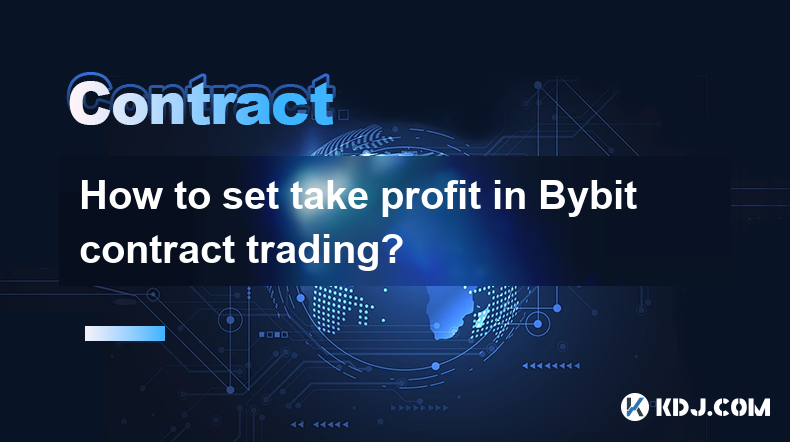
How to set take profit in Bybit contract trading?
Apr 04,2025 at 10:22am
Setting take profit in Bybit contract trading is an essential skill for managing your trades effectively. Bybit, a popular cryptocurrency derivatives exchange, allows traders to set take profit orders to automatically close positions when they reach a certain profit level. This helps in securing gains without the need for constant monitoring. To set a t...
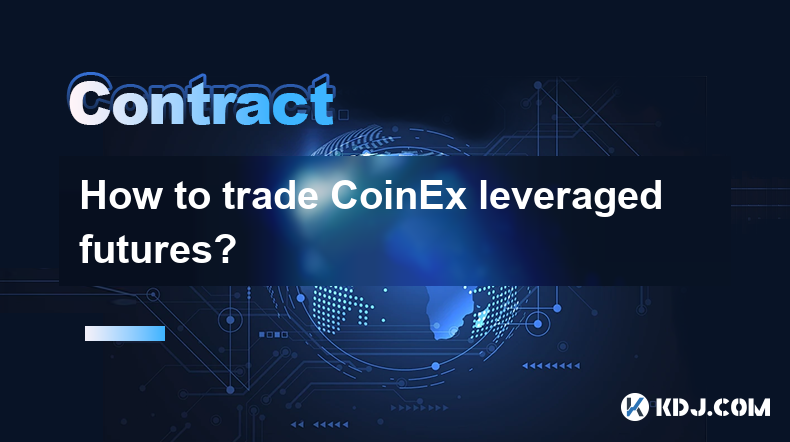
How to trade CoinEx leveraged futures?
Apr 03,2025 at 03:56am
Trading leveraged futures on CoinEx can be an exciting way to potentially amplify your profits in the cryptocurrency market. Leveraged futures allow traders to borrow funds to increase their trading position, which can lead to higher returns, but also comes with increased risk. In this article, we will guide you through the process of trading CoinEx lev...
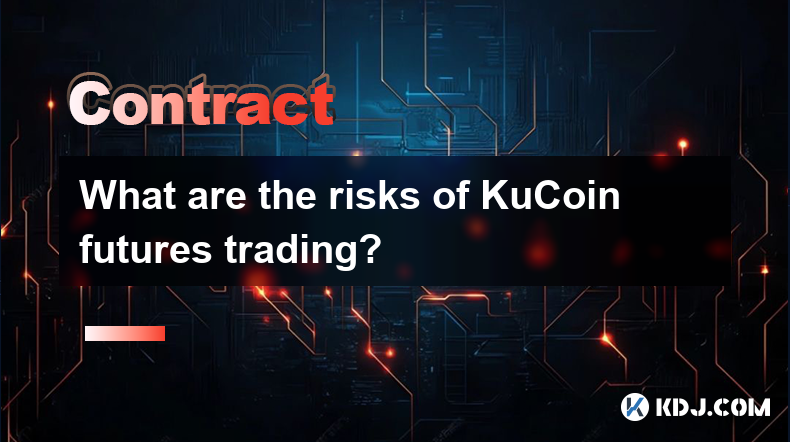
What are the risks of KuCoin futures trading?
Apr 03,2025 at 01:14am
KuCoin futures trading offers traders the opportunity to speculate on the future price of cryptocurrencies, but it comes with its own set of risks that traders need to be aware of. Understanding these risks is crucial for anyone looking to engage in futures trading on the KuCoin platform. This article will delve into the various risks associated with Ku...
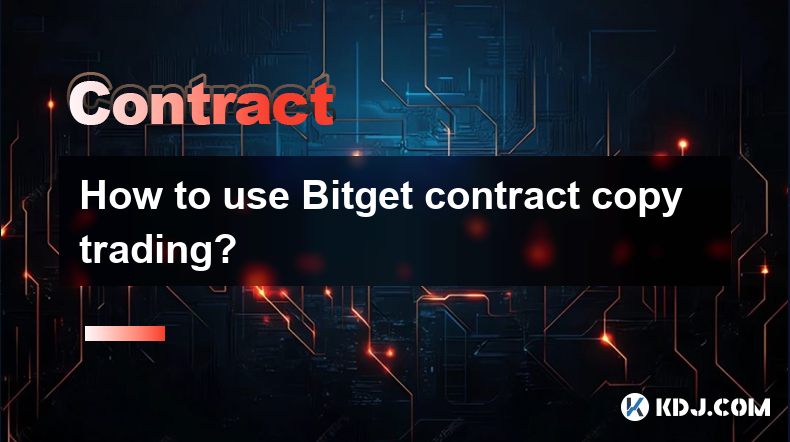
How to use Bitget contract copy trading?
Apr 03,2025 at 08:28am
Bitget's contract copy trading feature allows users to automatically replicate the trades of experienced traders, known as 'lead traders.' This can be a valuable tool for those looking to benefit from the expertise of others without having to spend time analyzing the market themselves. To start using this feature, you first need to understand how to sel...
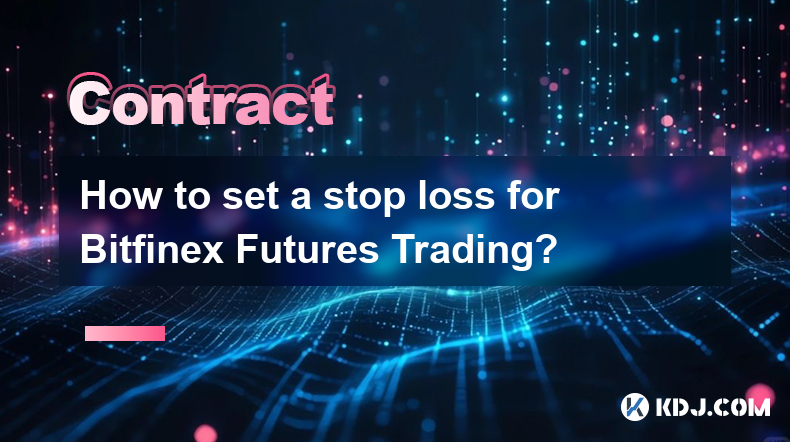
How to set a stop loss for Bitfinex Futures Trading?
Apr 03,2025 at 12:35pm
Setting a stop loss for Bitfinex Futures Trading is an essential risk management strategy that can help traders limit potential losses. A stop loss order is an instruction to sell a futures contract when it reaches a certain price, helping you to manage your exposure in volatile markets. To set a stop loss on Bitfinex, you need to navigate through the p...
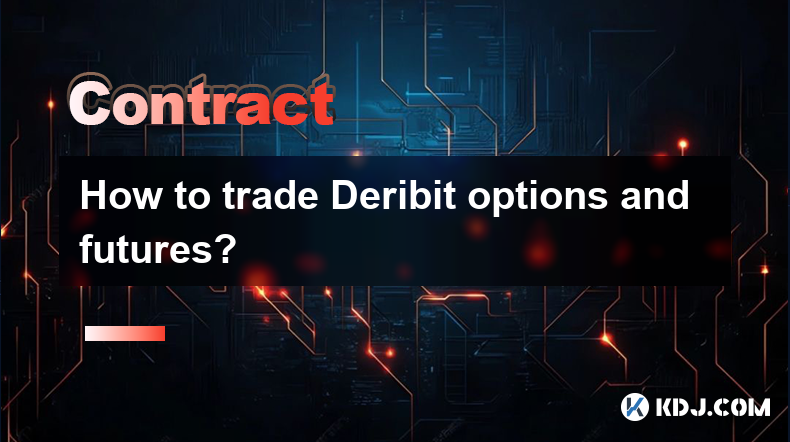
How to trade Deribit options and futures?
Apr 03,2025 at 02:00pm
Trading Deribit options and futures can be an exciting venture for those interested in the cryptocurrency market. Deribit, a leading platform for crypto derivatives, offers a variety of trading instruments including options and futures on Bitcoin and Ethereum. To successfully trade on Deribit, it's essential to understand the basics of these financial i...

How to set take profit in Bybit contract trading?
Apr 04,2025 at 10:22am
Setting take profit in Bybit contract trading is an essential skill for managing your trades effectively. Bybit, a popular cryptocurrency derivatives exchange, allows traders to set take profit orders to automatically close positions when they reach a certain profit level. This helps in securing gains without the need for constant monitoring. To set a t...

How to trade CoinEx leveraged futures?
Apr 03,2025 at 03:56am
Trading leveraged futures on CoinEx can be an exciting way to potentially amplify your profits in the cryptocurrency market. Leveraged futures allow traders to borrow funds to increase their trading position, which can lead to higher returns, but also comes with increased risk. In this article, we will guide you through the process of trading CoinEx lev...

What are the risks of KuCoin futures trading?
Apr 03,2025 at 01:14am
KuCoin futures trading offers traders the opportunity to speculate on the future price of cryptocurrencies, but it comes with its own set of risks that traders need to be aware of. Understanding these risks is crucial for anyone looking to engage in futures trading on the KuCoin platform. This article will delve into the various risks associated with Ku...

How to use Bitget contract copy trading?
Apr 03,2025 at 08:28am
Bitget's contract copy trading feature allows users to automatically replicate the trades of experienced traders, known as 'lead traders.' This can be a valuable tool for those looking to benefit from the expertise of others without having to spend time analyzing the market themselves. To start using this feature, you first need to understand how to sel...

How to set a stop loss for Bitfinex Futures Trading?
Apr 03,2025 at 12:35pm
Setting a stop loss for Bitfinex Futures Trading is an essential risk management strategy that can help traders limit potential losses. A stop loss order is an instruction to sell a futures contract when it reaches a certain price, helping you to manage your exposure in volatile markets. To set a stop loss on Bitfinex, you need to navigate through the p...

How to trade Deribit options and futures?
Apr 03,2025 at 02:00pm
Trading Deribit options and futures can be an exciting venture for those interested in the cryptocurrency market. Deribit, a leading platform for crypto derivatives, offers a variety of trading instruments including options and futures on Bitcoin and Ethereum. To successfully trade on Deribit, it's essential to understand the basics of these financial i...
See all articles






















































































